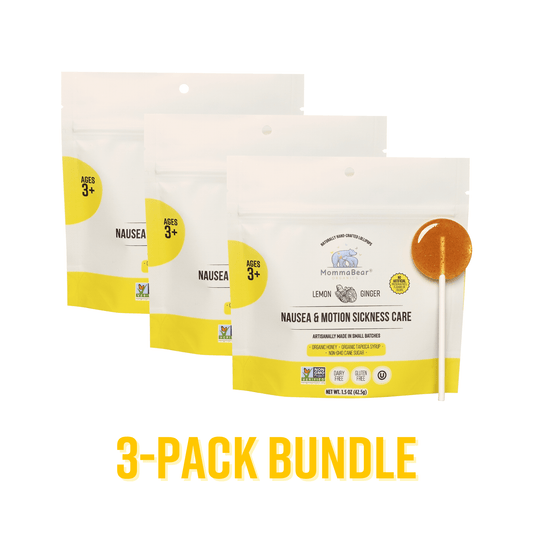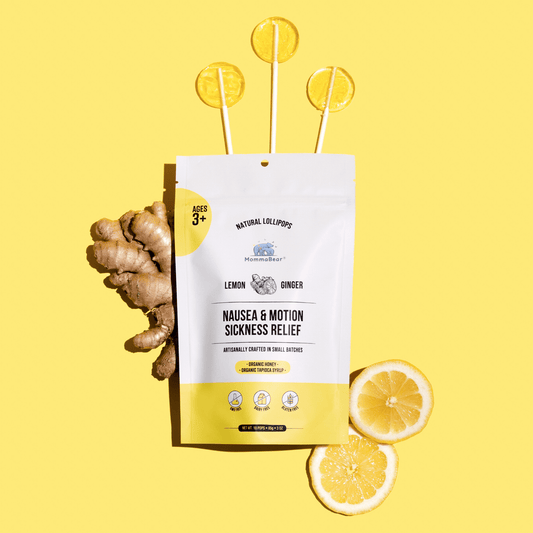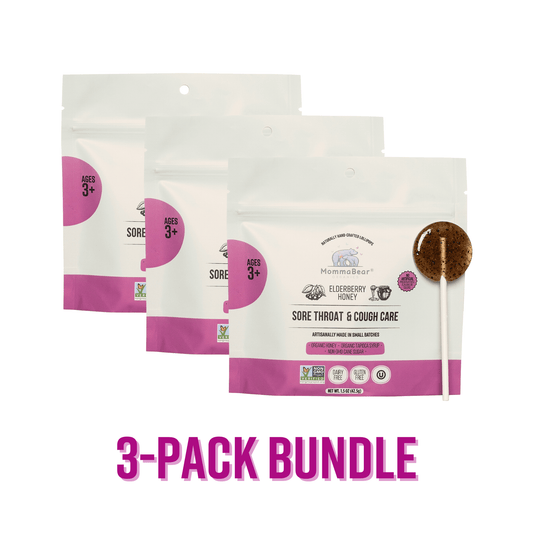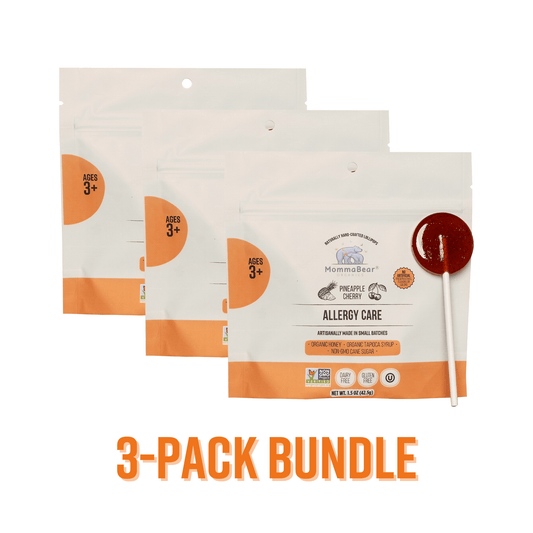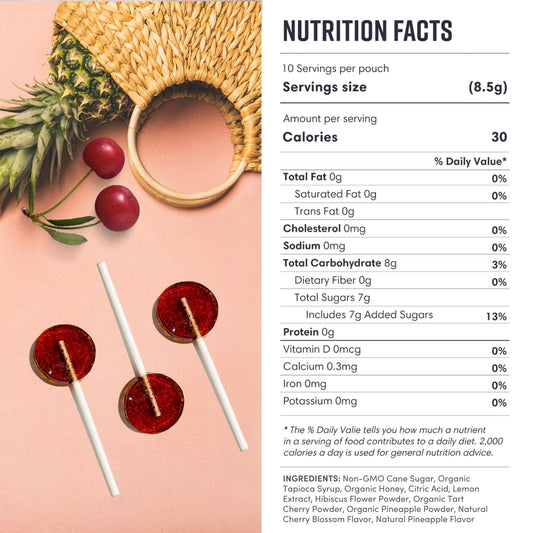You know how sometimes you see a piece of trash, like a tiny plastic stick from a lollipop on the sidewalk, and you just feel… tired? I do. It feels like one more little thing that’s going to be around forever. So when I heard about these lollipop sticks you can actually plant in the ground and grow things from, I was like, wait, what? It just seemed like such a small, hopeful idea in a world full of big, overwhelming problems.
-
Eco-Friendly Packaging Demand: It seems like I'm not the only one thinking this way. I read somewhere that the whole eco-friendly packaging thing is getting huge, supposed to be worth billions and billions in the next few years.
-
Plastic Waste Crisis: And it makes sense. I mean, I saw this crazy statistic that the U.S. alone makes 40 million tons of plastic trash a year, and almost none of it—like, 5%—gets recycled. That’s just wild.
-
How It Works: So the idea is simple. You finish the lollipop, you stick the little biodegradable stick in some dirt, give it some water, and then flowers or herbs start to grow. It takes a few months, but still. How cool is that?
Okay, so they cost more, around $3.00 each, which is definitely a thing to consider. But more and more, I find myself wanting to choose things that are a little kinder to the planet. Those normal plastic sticks are cheap, yeah, but they just become trash. This is different. It’s not just about throwing less away; it’s about creating something new. It’s kind of like a tiny gardening lesson for my kids, right in a candy wrapper.
Here's the quick and dirty of it:
-
Seed-Bearing Sticks: They break down in the earth, they grow actual plants, they do cost more, and you need a little patch of soil for them.
-
Plastic Sticks: They last forever (not in a good way), they're cheap, they do nothing after you're done, and they're honestly pretty bad for the planet.
For families like mine, trying to make better choices, these seed-bearing sticks feel like a small win. A really small step, I know, but it's something.
Can You Really Plant Flowers or Herbs with Biodegradable Lollipops?
1. Seed-Bearing Lollipop Sticks
I honestly thought it sounded a little gimmicky at first, but the more I looked into it, the more I loved it. They take recycled paper, press it into a stick, and tuck seeds right inside. And the seeds usually match the flavor of the candy, which is just such a thoughtful little touch. It connects the treat you just ate to the plant you're about to grow. It’s not just packaging; it’s the beginning of something else.
"A seed-bearing lollipop is an organic candy with edible herbs and flowers that weave throughout. After devouring, you can plant the biodegradable stick in soil horizontally, cover with a layer of top soil, water daily, and grow a herb or flower." - Amborella Organics
Earth Impact
The whole point is that they’re designed to disappear back into the earth. It takes something that would normally be garbage and gives it a whole new purpose. It feels so simple, but I think it’s a pretty big idea. It helps with the massive waste problem, even in a tiny way, and it gets you involved. It’s a little thing with a really nice payoff, you know? Good for the planet, and honestly, good for my soul.
After-Use Value
And the fun doesn't stop when the candy is gone. That's what I love. You plant the stick, and in about 12 weeks, you've got sprouts. I was looking at the flavors—Sage & Marshmallow lollipops have sage seeds, and the Peach & Marigold ones have marigold seeds. It’s not just for looks, either. You can actually use the herbs in your kitchen or put the flowers in a salad. It just keeps on giving.
2. Regular Lollipop Sticks
Then you’ve got the regular sticks. We’ve all seen them. They don't give anything back to the earth; they really just cause problems. Most of them are plastic, polypropylene I think it’s called, and that stuff is just a nightmare for the environment.
Earth Impact
Plastic lollipop sticks are here for the long haul. I read they can take hundreds of years to break down, and making them uses fossil fuels. It’s wild to think that they account for a huge chunk—something like 36%—of all the plastic made. And when they get thrown out, they end up everywhere. In landfills, in the ocean. I’ve heard so many sad stories about animals thinking they’re food or getting tangled up in them.
"While plastic is a versatile material that can play an important role in some products, we know that unnecessary or problematic plastic items can have disastrous impacts on our environment and wildlife." – EPA
It just adds to the problem. They're one of the most common things people litter, and the recycling rate for them is basically zero. So almost every single one ever made is still out there somewhere, polluting something.
After-Use Value
Once you’re done with it, a plastic stick is just… trash. It has no other purpose. It doesn’t break down, it doesn’t help anything. It’s just junk.
Some companies are trying to do better, switching to bamboo or paper or even cornstarch. And that’s a step in the right direction, for sure. They break down way faster than plastic. But they still don't have that extra magic, you know? They don't grow anything. They just become slightly better garbage, which leaves me thinking we can still do more.
sbb-itb-e1a023f
Pros and Cons
So, let's just lay it all out. Both sticks hold up a lollipop, but what they do afterward is a totally different story.
The seed-bearing ones are special because they turn trash into something alive. Herbs for your window box, flowers for the garden… it feels like you're actually doing something good instead of just throwing something away. And there’s that teaching moment, too, about where things come from and how we can be less wasteful.
But they're not perfect. You need a place to plant them—good soil, sun, water—which not everyone has. And they’re definitely more expensive, about $3.00 a pop. There’s always that risk that people will just toss them anyway, which kind of defeats the whole purpose.
Then there are the plastic sticks. They’re cheap, and that’s about the only good thing I can say. Most are plastic that will never go away, or paper that won't compost, just adding to our giant trash heap. Even the biodegradable ones don't give you that chance to grow something, to interact with it. They're missing the heart of it, I think.
Here's how I think about it:
| Feature | Seed-Bearing Lollipop Sticks | Regular Lollipop Sticks |
|---|---|---|
| Earth Impact | Biodegradable; helps reduce waste; grows plants | Often plastic; adds to landfill waste |
| After-Use Value | Can be planted to grow herbs/flowers | No value beyond disposal |
| Learning Benefits | Promotes sustainability and gardening | None |
| Organic Wellness | Often paired with organic ingredients | Rarely linked to wellness |
| Cost Consideration | Higher cost (~$3.00 per lollipop) | Lower cost |
| Accessibility | Needs planting conditions | No special requirements |
When you see it side-by-side, it’s pretty clear. The seed sticks just have this extra layer of goodness. They’re about more than just being less bad; they’re about doing something good.
And I think people are starting to get that. We’re all looking for ways to be a little more eco-friendly. So yeah, they cost more, but what you get back—for the planet and for your own peace of mind—it feels worth it.
For families trying to live a little healthier and make conscious choices, this just fits. It’s exactly the kind of thing you’d expect from a brand like MommaBear Organics, where it’s all about good ingredients and a bigger mission.
Conclusion
I don't know, maybe I'm being too optimistic about a lollipop stick. But it feels like more than that. It’s a whole new way of thinking about packaging. It's not just about making less waste, but about turning that waste into something that actually helps the environment.
And I love the hands-on part. My kids and I can actually plant it together. It turns a disposable wrapper into a little science project, a lesson about gardening and taking care of things. It gives the whole experience a little more meaning.
I know they're more expensive, and that matters. But I’ve seen so many people, myself included, who are willing to pay a little more for things that are better for the earth. The trade-off feels right.
It just fits with everything MommaBear Organics is about—organic, good for you, and good for the planet. It’s a tiny step, sure, but it’s a step forward. It makes me wonder what else we could reimagine if we just tried. What other little pieces of trash could we turn into something beautiful? It’s a nice thought to end the day on, anyway.
FAQs
What makes seed-bearing lollipop sticks an eco-friendly alternative to plastic sticks?
Well, a plastic stick is just trash the second you’re done with it. It sits in a landfill for, like, ever and adds to the huge pollution problem. These seed-bearing sticks are totally different. They’re biodegradable, so they just break down naturally. And the best part is you can plant them, and they’ll grow into flowers or herbs. So instead of making more trash, you're making more plants. It’s a small thing, but it feels like a much smarter choice.
What kinds of plants can you grow from seed-bearing lollipop sticks, and how do they make the experience more enjoyable?
Oh, all sorts of neat things! You can grow herbs like basil and sage, or pretty flowers like marigolds and chamomile. It really just adds another layer of fun to a simple treat. After you enjoy the candy, you get this little project of planting the stick and watching something grow. It’s more than just cutting down on waste; it’s about connecting with nature a little bit, even if it’s just in a small pot on your windowsill. It turns a snack into something you can feel good about.
What do I need to know to successfully plant and grow seeds from seed-bearing lollipop sticks?
It’s pretty simple, really. First, find a nice spot with some decent soil. Lay the stick down horizontally and cover it up completely. You'll want to keep the soil moist, so watering it a little every day is a good idea. In about a month or so, you should see some little sprouts. Just make sure it gets plenty of sun. The main thing is not to let it dry out, but don't drown it either—just damp is perfect. Good luck!
Related posts
- How Organic Lollipops Help Digestive Health
- How Plant-Based Lollipops Support Everyday Wellness
- Ultimate Guide to Ethical Supply Chains in Organic Candy
- Ultimate Guide to Paleo Lollipops


